On 18 October 2022, the Vivekananda International Foundation (VIF) organised a talk on “Nepal’s Domestic Developments”. Dr Arvind Gupta, Director VIF, gave the introductory remarks, followed by Shri Jay Nishaant's presentation. Dr Gupta stated that the current political situation has implications for India-Nepal relations. Dr Gupta welcomed Amb Satish Chandra, Amb Ashok Kantha, Dr. Nihar Nayak, Prof S D Muni, Dr Sreeradha Datta, Brig Vinod Anand, Shri Raghvendra Singh, Rishi Gupta, Aakriti Vinayak and Cchavi Vasisht. The main presentation was followed by a lively discussion between the speakers and other participants.
The speaker, Nishaant laid out the characteristics of Nepal's politics. First, the political instability in Nepal is the most stable factor; within seven decades, there were seven constitutions promulgated and two constituent assembly elections conducted. From powerful kings to Rana Oligarchy, to absolute monarchs to Constitutional monarchs and now a Republic. Nepal had more than 32 Prime Ministers and the last Parliament was the only one which lasted for full five years term. Second is the post-ideological phase of politics, where political ideologies have ranged from liberal democrats, socialists, democratic socialism, communists and identity-based politics. The political parties are reduced to election machineries and at present, there are no ideology-based alliances.
Third, the communists have emerged from being kings to kingmakers and the last Parliament had 2/3 of the Communists. Fourth, the Madhesh people constitute 53 per cent of the geographical territory and one-third of the demography. Though the Madheshis are considered Indian Origin people, after the Sagauli Treaty in 1816, boundaries were drawn and thereby they became people of the Terai. At present, they are discriminated against and they have displayed their discontent with the Constitution. Because of them, the issue of federalism has gained importance and the current politics is around it. Fifth, there is fading federalism, after the formation of seven provinces and the reservation is only put in spirit, and not in action. Finally, the present President is exhibiting political leanings and the judiciary is the most active.
The scheduled second general election on 20 November has interesting characteristics. The elections include the formation of a federal Parliament with 167 seats based on the First Past the Post system and 47 seats based on proportional representation. There are also 503 types of ballot papers. The current elections are also expensive with an approximate cost of a trillion (NPR). There are caps on the expenditure incurred, for a federal candidate, not more than 33 lakhs and for a provincial candidate, not more than 22 lakhs.
Another interesting characteristic is the pre-election alliances. On the one hand, there is the ruling coalition, which comprises the NC, CPN-MC, Communist Party of Nepal (United Socialist) (CPN-US) that splintered from the CPN-UML, the Terai-based Loktrantrik Samajwadi Party (LSP), and Rashtriya Janamorcha (RJ). On the other, the CPN-UML has partnered with the Hindu-nationalist Rashtriya Prajatrantra Party (RPP) and Janata Samajwadi Party (JSP).
Along with these two alliances, there are a number of independent and young professionals. The success of Balendra Shah, the independent mayor of Kathmandu Metropolitan City, in the local election held in May 2022 has motivated many younger minds. However, the independent candidates are restricted to urban areas. Though not a significant improvement, women's representation stands at less than ten per cent.
The discussion predicted that there is a possibility of the NC-led alliance winning in the upcoming elections. Also, there is an argument that even if there is a change in power; the governance model would not change. The speakers also noted the progressive involvement of China in Nepal’s domestic politics, especially among the communist political parties. India on the other hand has maintained stable relations and has been observing the situation keenly. Finally, a look at the economic situation reflects that even though the economy is in a tight spot, it is unlikely to fail. The remittances which constitute one-quarter of the GDP are rising again, and therefore, the economy may revive in the given course of time.

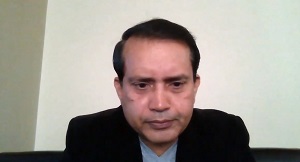
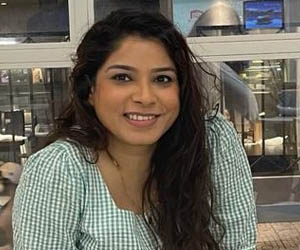
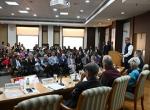

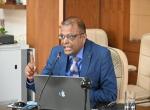
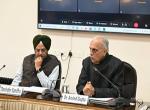
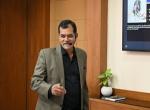
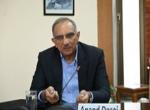
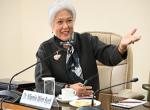
Post new comment